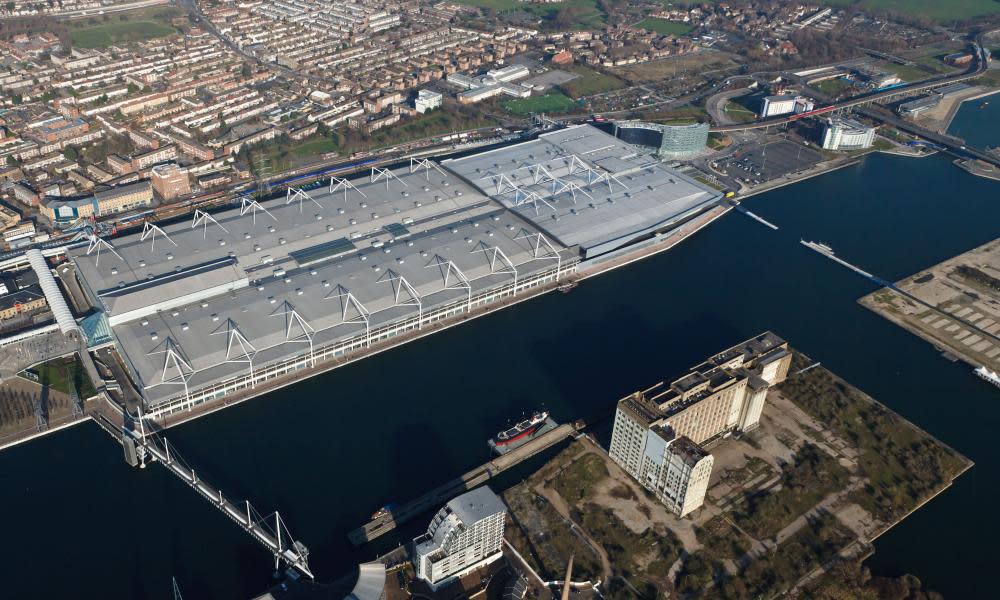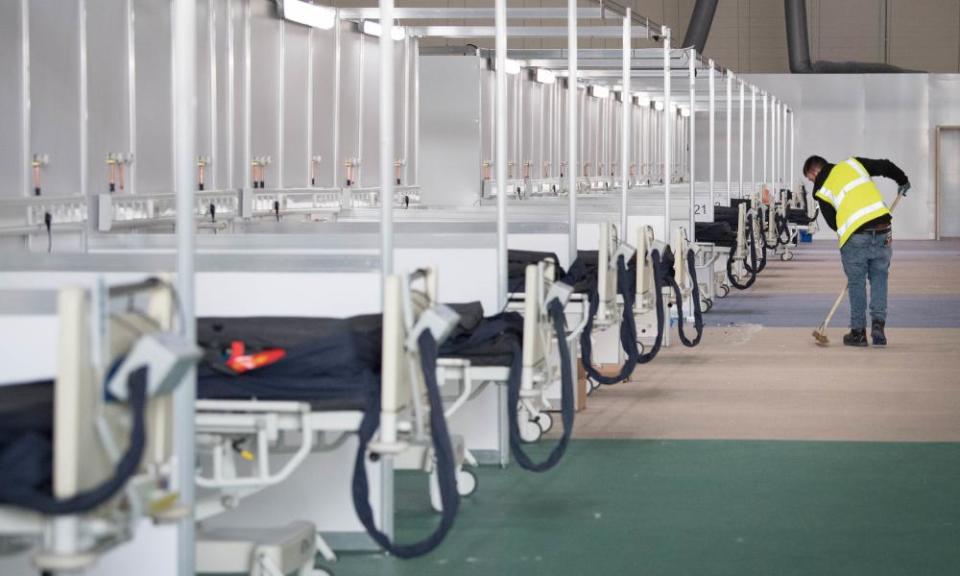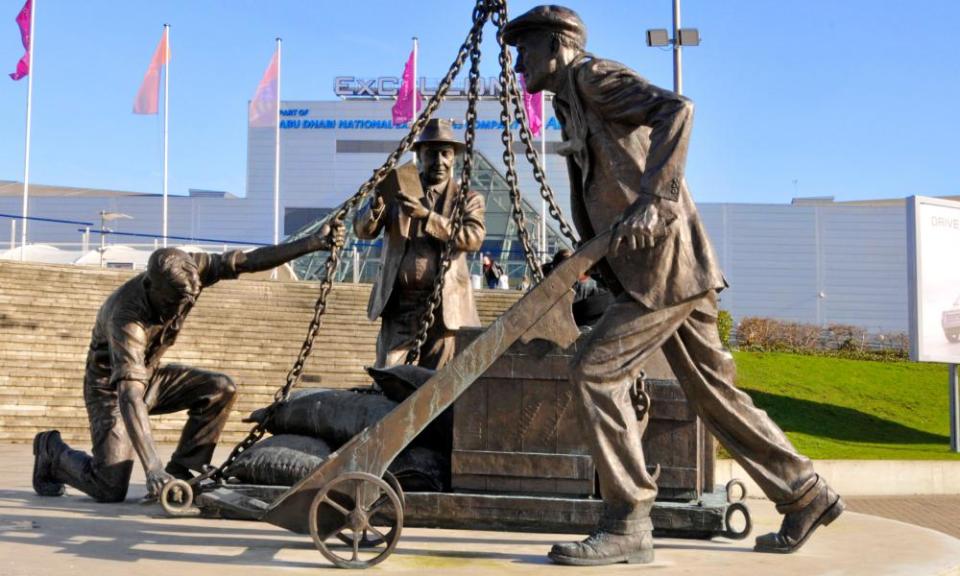ExCel: from a mayor's fun palace to coronavirus warzone

The city may have stopped but the cable cars are still running, ferrying their empty pods across an empty Thames to the empty Royal Docks a week into London’s lockdown.
As the Nightingale coronavirus hospital prepares to open its doors a few hundred yards down the road, it is easy to forget that this corner of London acted as a kind of Boris Johnson funhouse during his time as mayor. This is the place where a cartoon-statesman persona was forged.
Johnson championed those cable cars, and took the first ride on them. As mayor he was in and out of every glad-handing, buffet-table-raiding Docklands convention going. Johnson even opened the vast new ExCel convention hall.
And now, a decade on, he’s turning it into the world’s biggest hospital. Strange how things turn out.

The first patients could be treated here by the end of the week, while medical centres are also being built at the NEC in Birmingham, the Manchester convention complex and the Principality stadium in Cardiff.
For now, the building formerly known as London ExCel stands as something startling, 10 days in the making, and an example of pure, streamlined human will in action.

On Tuesday morning, the statue of dockers at work was still there behind newly installed perimeter fences, with something touching now in the diligent faces of the clerks and the stevedores.
The broad front steps, designed on some architect’s light-box to engineer a sense of mass corporate communion, are narrowed to a single secure entrance.
Today, the gap in the railings is busy with builders, medics, cleaners, administrators and the whole mixed and flowing army of those who have heard the call to get this feat of human endeavour up and running.
Inside the building, it is still hard to avoid that feeling of dissonance. The long central hall between those new 200-bed wards still looks like it should be serving coffee and hosting power-brunches. The ExCel has always been a fun kind of place. This is where boat shows happen, where we came to watch the Olympics and Paralympics, where marathon runners come to claim their numbers.
The whole Docklands strip is where London feels most synthetic and hyper-modern, like a mid-90s vision of the frictionless global future, a place of air travel on a whim, and glass and steel river apartments.
The history of the docks has of course been something else. There have often been hard times here. During the blitz people painted “London can take it” on the factory walls as the Luftwaffe dropped 25,000 tonnes of explosives on a small square either side of the river. The docks stayed open.
Eventually they closed, not due to bombs but economics – and then opened again, defibrillated by the creep of London money east along the river.
And now this. There has been so much pride already in what army personnel, private contractors, volunteers and health workers have achieved in summoning the outline of a new hospital.
What is certain is that this place is going to be altered profoundly.
As of Tuesday lunchtime the city beyond was still silent. London City airport is shut to all but the RAF, the dome at the other end of those cable cars empty. But make no mistake: a battle will be fought here in the weeks to come.

 Yahoo News
Yahoo News 
